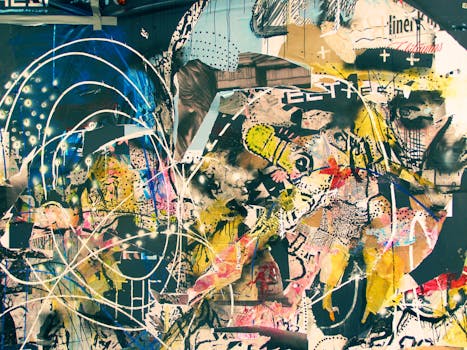
Introduction
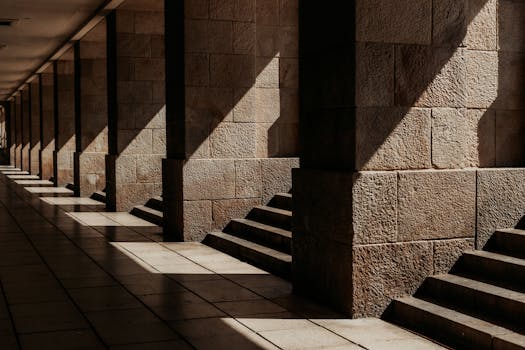
Mixing textures and patterns is an art that can significantly enhance the visual interest and dynamism of your space or outfit. In this article, we will delve into the fundamentals of combining textures and patterns, offering practical tips and inspiration to help you achieve a cohesive yet exciting look.
Understanding Textures
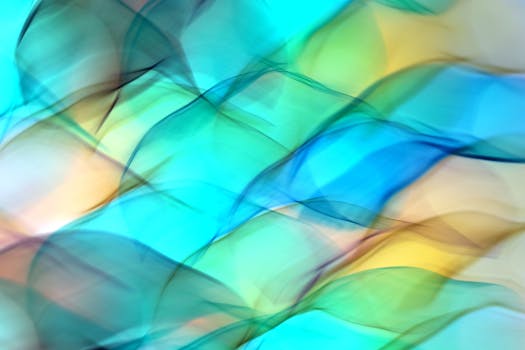
Textures add depth and character to any design. They can be categorized into two main types: tactile and visual.
Tactile textures are those you can feel, like the softness of a velvet fabric or the roughness of a stone wall. Visual textures are the patterns or images that create an illusion of texture, such as a printed fabric that looks like woven material. When mixing textures, consider how they interact with one another. A soft, plush texture can contrast beautifully with a hard, smooth surface, creating a balanced aesthetic.
The Role of Patterns
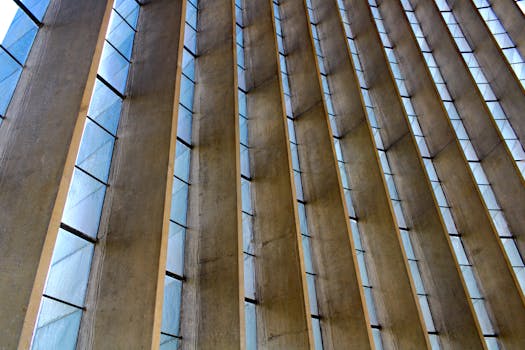
Patterns are essential in creating visual rhythm and flow. They can range from bold, geometric designs to delicate florals. When incorporating patterns, it is crucial to consider their scale. Large patterns can dominate a space, while smaller patterns can serve as a subtle enhancement. To achieve harmony, try to combine patterns that share a common color palette or theme. For example, pairing a large floral print with a smaller geometric pattern in similar hues can create a cohesive look.
Tips for Successful Mixing
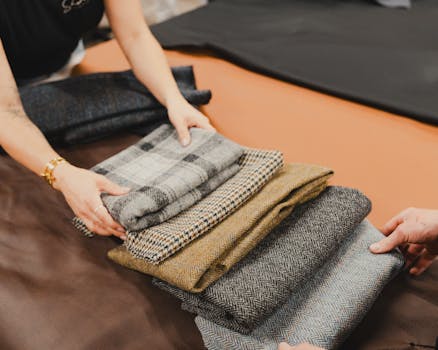
1.
2.
3.
4.
Practical Applications
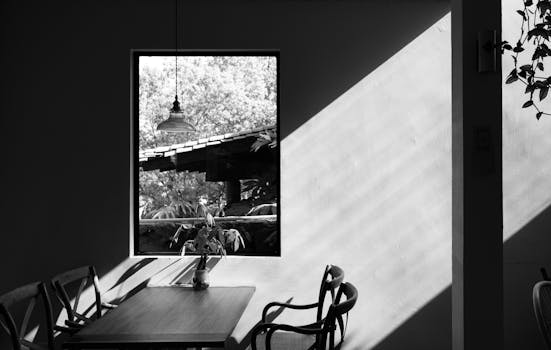
In fashion, mixing textures and patterns can showcase personal style. For instance, pairing a striped shirt with a floral skirt can create a playful yet sophisticated look. In home decor, consider a room where a plush, velvet sofa sits alongside a patterned rug, accented by textured throw pillows. This combination invites comfort while maintaining visual interest.
Conclusion
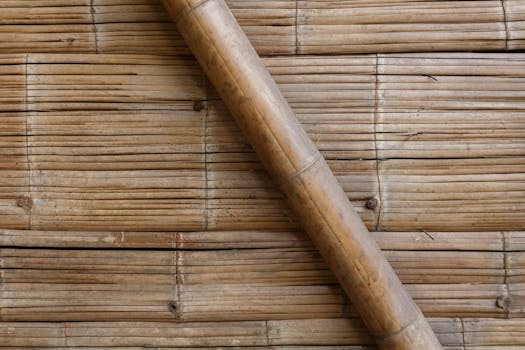
Mixing textures and patterns is a powerful way to create a dynamic and engaging aesthetic. By understanding the fundamentals of textures and patterns, and applying the tips provided, you can transform your space or wardrobe into a vibrant expression of your style.






